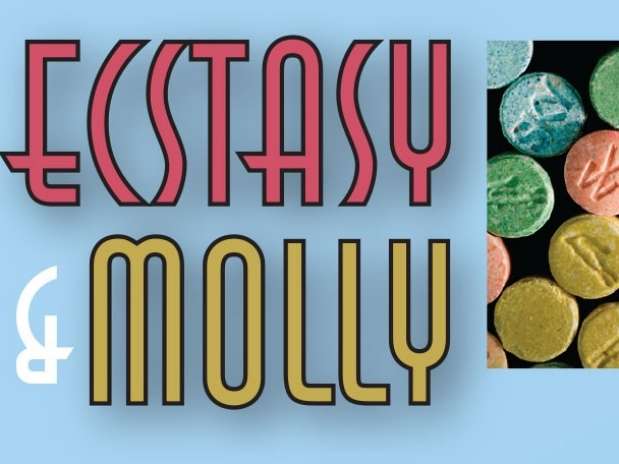Unintentional drug use continues among molly users in EDM party scene

Electronic dance music (EDM) parties have historically been high-risk scenes for use of a variety of psychoactive substances. Studies over the past couple of years have found nightclub and festival attendees report high rates of use. These parties are becoming increasingly popular in the U.S., and drug use at such parties has been associated with severe adverse health outcomes, including death. Severity of potential negative health outcomes in EDM environments makes data on both known and unknown drug use critical to further prevention and harm reduction efforts.
"Ecstasy or 'Molly' users in the U.S. are at very high risk for using drugs containing adulterants such as 'bath salts' and methamphetamine," said Dr. Joseph Palamar, PhD, MPH, of the New York University Rory Meyers College of Nursing Center for Drug Use and HIV Research (NYU CDUHR). "More information is critically needed on the extent of unknown or unintentional use of these potentially harmful substances."
Dr. Palamar's study, "Hair Testing to Assess Both Known and Unknown Use of Drugs Amongst Ecstasy Users in the Electronic Music Dance Scene," published in the International Journal of Drug Policy, surveyed self-reported past-year ecstasy/MDMA/Molly users attending EDM parties in New York City (NYC), using hair testing to determine the types of drugs participants had consumed.
"Hair testing for new psychoactive substances is an important new addition to biological testing. While blood, urine, and saliva are often adequate for assessing current intoxication or very recent use, many drugs—including new substances—can be detected in hair months after use," noted Dr. Alberto Salomone, coauthor and affiliated researcher at the Centro Regionale Antidoping e di Tossicologia "A. Bertinaria", Orbassano, Turin, Italy.
Specifically, the aims of this study were to determine prevalence of testing positive for specific drugs and drug classes, to determine the extent of discordant reporting (defined as reporting no use of a drug, but testing positive for that drug), and to examine characteristics of those providing a discordant report.
While most past-year ecstasy users tested positive for MDMA, half of users tested positive for drugs not reportedly used, particularly new drugs such as synthetic cathinones, a.k.a. "bath salts".
"Among Molly users testing positive for drugs they denied using, about 7 out of 10 tested positive for 'bath salts', methamphetamine, and/or other new stimulants," said Dr. Palamar, also an associate professor of Population Health at NYU Langone Medical Center (NYULMC). "Alarmingly, we detected unknown use of the highly-potent 'bath salt' called Flakka. We also detected unknown use of PMMA, a substance linked to numerous deaths."
The authors found that those at highest risk for testing positive for "bath salts" or other new drugs were more likely to be frequent party attendees and/or frequent users of ecstasy.
"Interestingly, those who reported ever testing their ecstasy for adulterants were still at risk for testing positive for new drugs," said Dr. Palamar. "More research is needed on the effectiveness of users conducting their own drug-testing. Many users perform their own testing and detect drugs such as 'bath salts' in their ecstasy, and decide not to use the drug."
Conclusions of this study confirm EDM parties are high-risk scenes for both known and unknown drug use, suggesting EDM party attendees in NYC are at risk for unintentionally or unknowingly using various psychoactive substances.
Dr. Palamar notes there is still a strong need for studies on actual drug product (pills, powders, and crystals) rather than biological specimens. Such results would not only provide better understanding of drug adulteration, but would also be able to help determine whether providing users with results suggesting adulteration influence their decisions to continue use—an important facet for harm reduction.
"Individuals in this scene need to be targeted with evidence-based information regarding the risks of using adulterated drugs so they can make the most informed decisions possible regarding their use," urged Dr. Palamar.
More information: Joseph J. Palamar et al. Hair testing to assess both known and unknown use of drugs amongst ecstasy users in the electronic dance music scene, International Journal of Drug Policy (2017). DOI: 10.1016/j.drugpo.2017.07.010

















